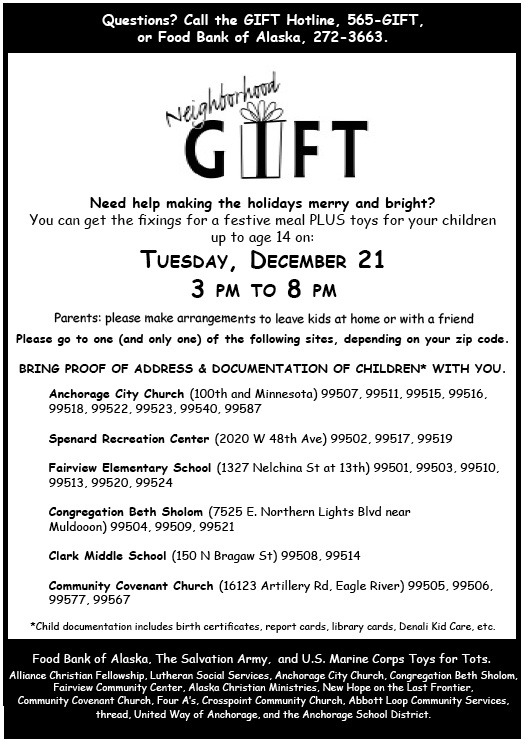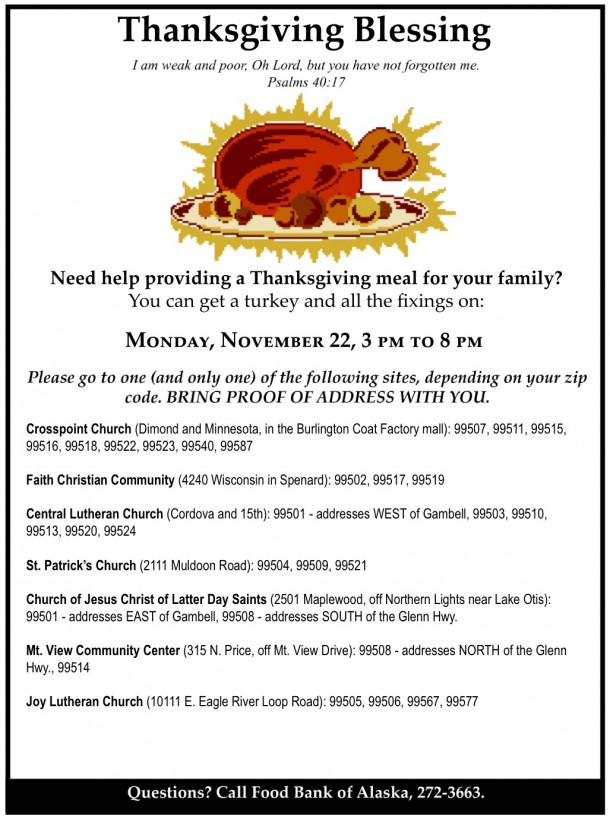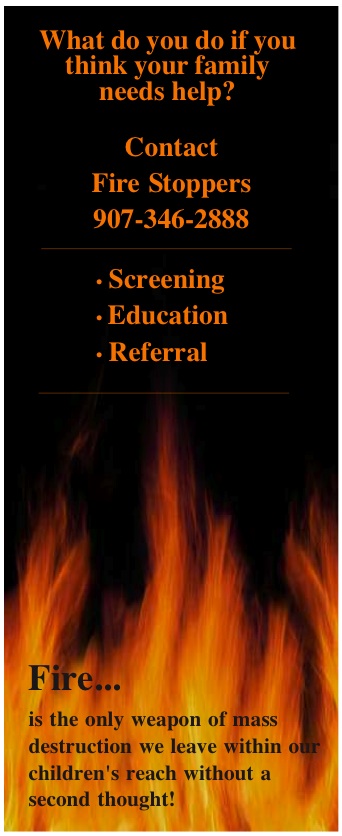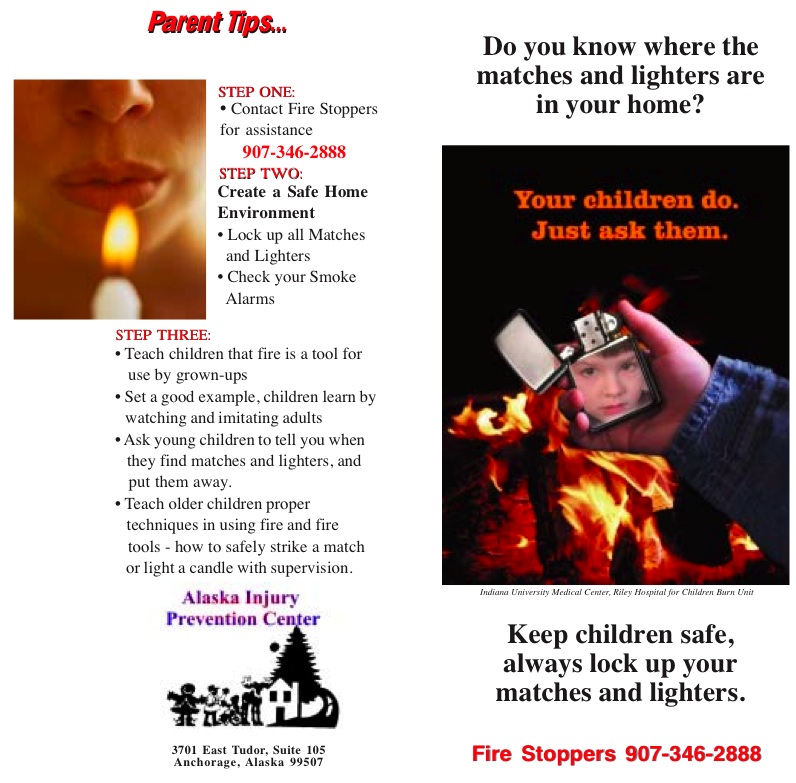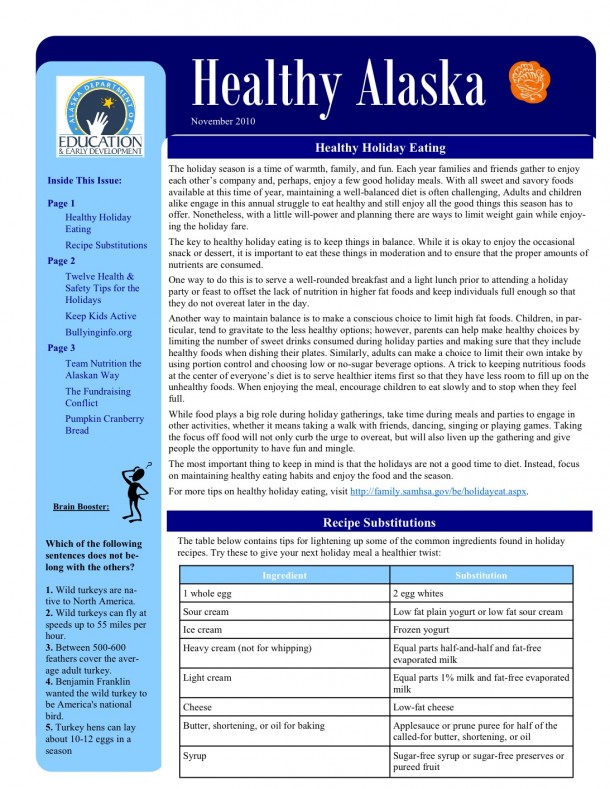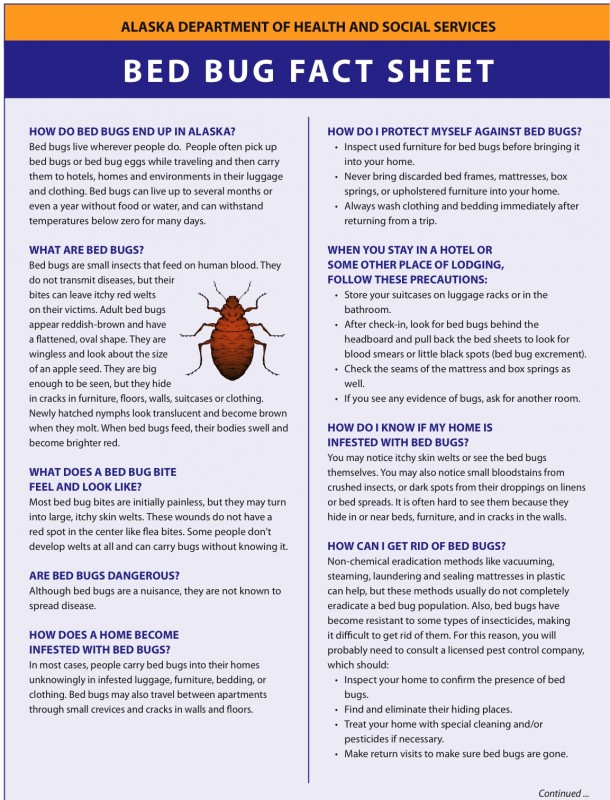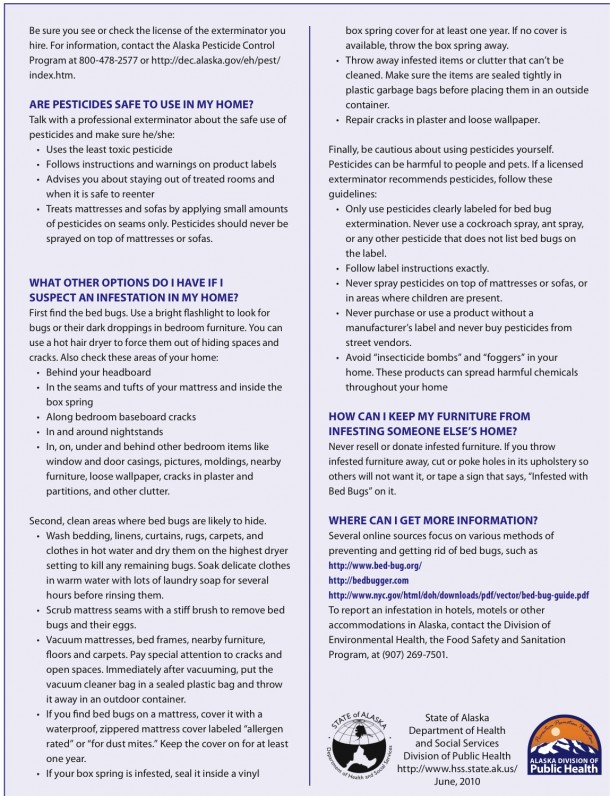CPR Anytime Training – The Big Wild Heart of Alaska: Training Tomorrow’s Heroes!
Steller 8th grade students joined 8th grade students across the school district and the nation in November by participating in CPR training and learning the basic skills necessary to save a life. This is the second year 8th grade students at Steller Secondary have participated in the program made possible through grant funding, the American Heart Association, the Anchorage Fire Department, and the Loren Marshall Foundation.
The mission of the program is to increase the number of bystanders in Alaska who are able and willing to perform lifesaving CPR in an emergency, as early bystander CPR more than DOUBLES survival rates. The American Heart Association found that CPR Anytime trainees “tend to have better overall performance†than those who were trained in a traditional 2 hour CPR course. One of the amazing things about this program is that each and every student received a training kit, which included the training video and an inflatable CPR manikin (a $60 value!!! for FREE!!!). CPR Anytime focuses on “PUSH HARD, PUSH FAST†and no long has an emphasis on coordinating breathing with chest compressions; although, training on when to provide rescue breathing is still covered.
Students were expected to go home and share what they learned with adult family or friends (training as many people as possible) then return the training log with a parent/guardian signature. The idea being, that one person can train several others. Furthermore, nearly 80% of cardiac arrest occurs in the home and is witnessed by a family member. By training families, we hope to reduce the 325,000 deaths that occur each year due to cardiovascular disease and sudden cardiac arrest.
Student’s were offered extra credit in Health (either semester class) and were eligible to be entered into a drawing for an Ipod Nano/touch, movie tickets, and an Itunes gift card. Unfortunately, only 15 students returned the log (YIKES!!!). It is very important for students to still return this log so the data related to number of people trained can be supplied back to the American Heart Association and this program can continue to be apart of the 8th grade Health/PE curriculum.  Click here to download the CPR Training Log.
The day of training went well and all students were very receptive to the training, participated well, and seemed to truly enjoy the afternoon. Please take some time to talk with your student about the CPR anytime training and review the 20 minute DVD with them, even if you have CPR training yourself, it is a good review for them and you. Student’s will still be eligible for the Health 8 extra credit if the form is returned before December 16th, 2010.
Food Donations
A great big THANK YOU to all the families who have donated food items so far this school year. It is greatly appreciated by the many Steller students who come in needing a blood sugar pick-me-up or forget to bring a lunch.
Nurse Wendy

